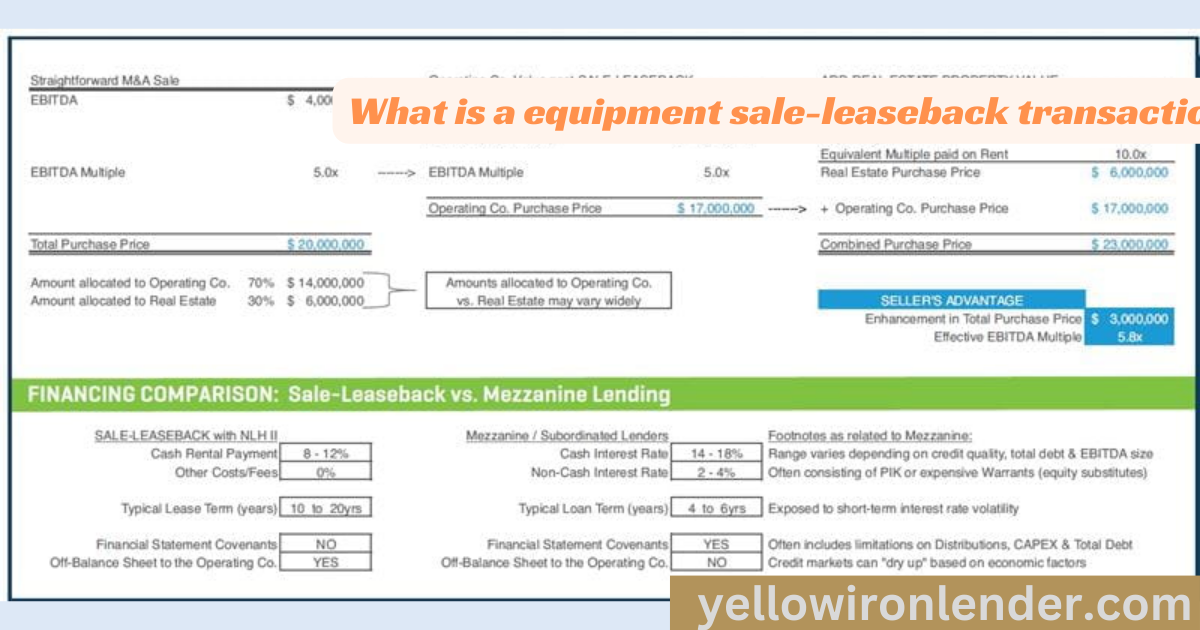What is an equipment sale-leaseback transaction?
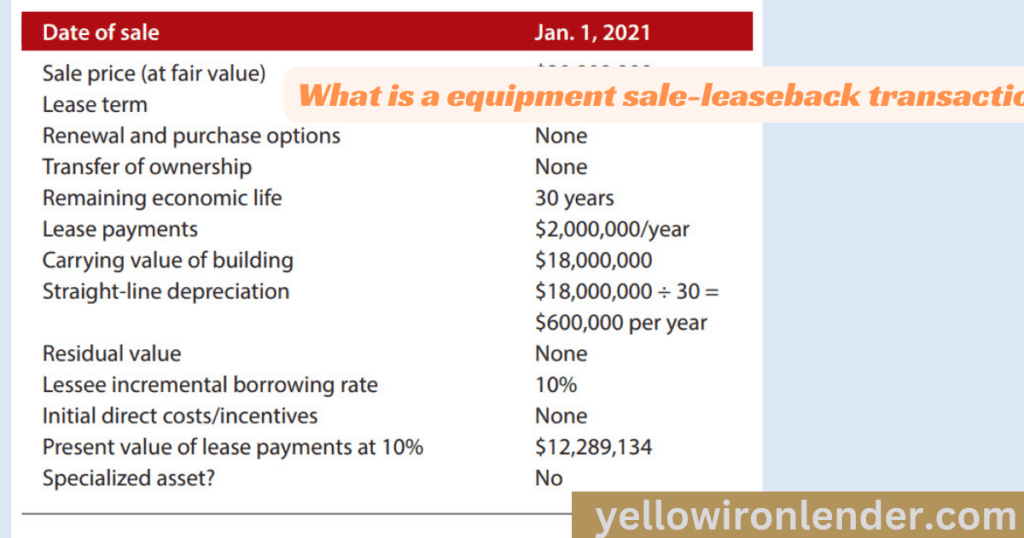
In the dynamic landscape of business finance, companies often seek innovative ways to enhance liquidity and optimize their balance sheets. One such strategic financial maneuver gaining prominence is the equipment sale-leaseback transaction.
Defining the Transaction
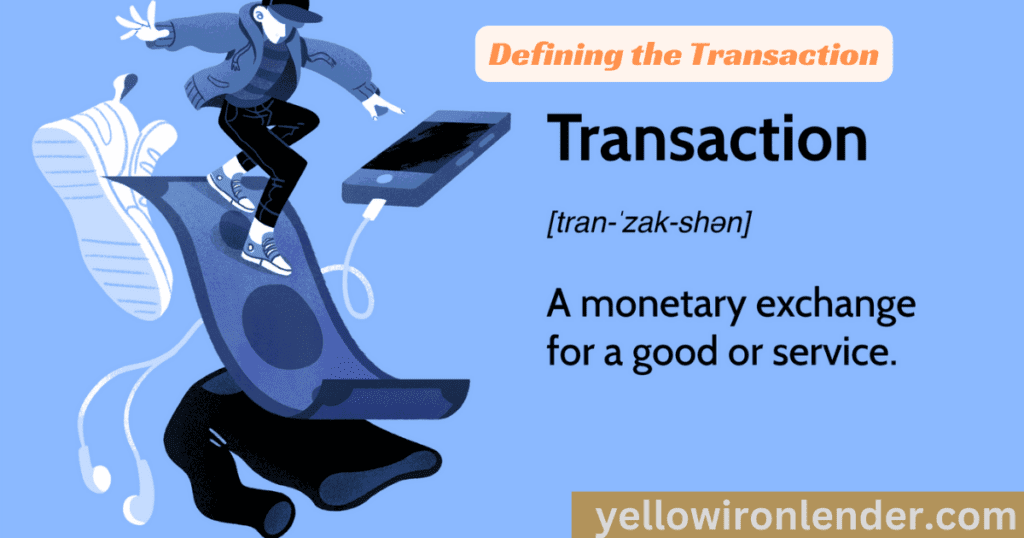
In essence, an equipment sale-leaseback transaction involves a two-step process. First, a business sells its owned equipment, such as machinery, vehicles, or technology assets, to a financial entity. Following this sale, the business then leases back the same equipment from the buyer for regular use. This arrangement allows the company to convert the intrinsic value of its assets into immediate working capital while retaining operational control.
Key Components of the Transaction:
1. Sale of Equipment:
The initial phase involves the outright sale of owned equipment to a specialized financial entity. The terms of this sale, including the sale price, are negotiated between the business and the purchasing entity.
2. Leaseback Agreement:
Subsequently, the business enters into a leaseback agreement with the purchasing entity. This leasing arrangement outlines the terms for the business to use the equipment it just sold. These terms may include lease duration, payment structure, and any potential purchase options at the end of the lease term.
Benefits for Businesses:
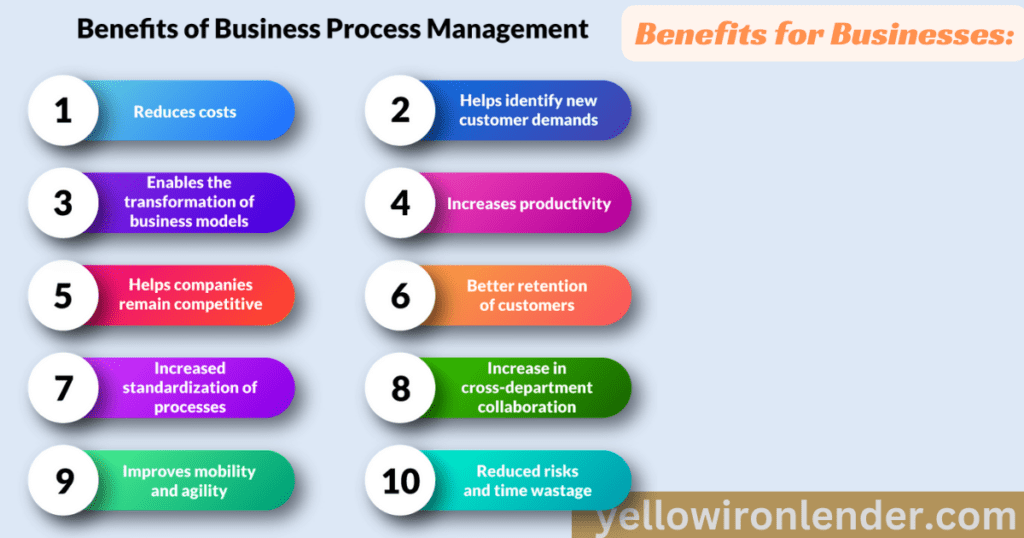
1. Immediate Capital Injection:
The business gains immediate access to cash by selling the equipment, which can be used for various purposes such as expansion, debt reduction, or strategic investments.
2. Enhanced Liquidity:
The conversion of owned equipment into liquid assets improves the business’s liquidity position, providing financial flexibility and agility in a rapidly changing market.
3. Operational Continuity:
Unlike traditional sales that might involve relinquishing equipment ownership, a sale-leaseback allows businesses to maintain operational control and continue using essential equipment in their day-to-day activities.
Considerations and Risks:
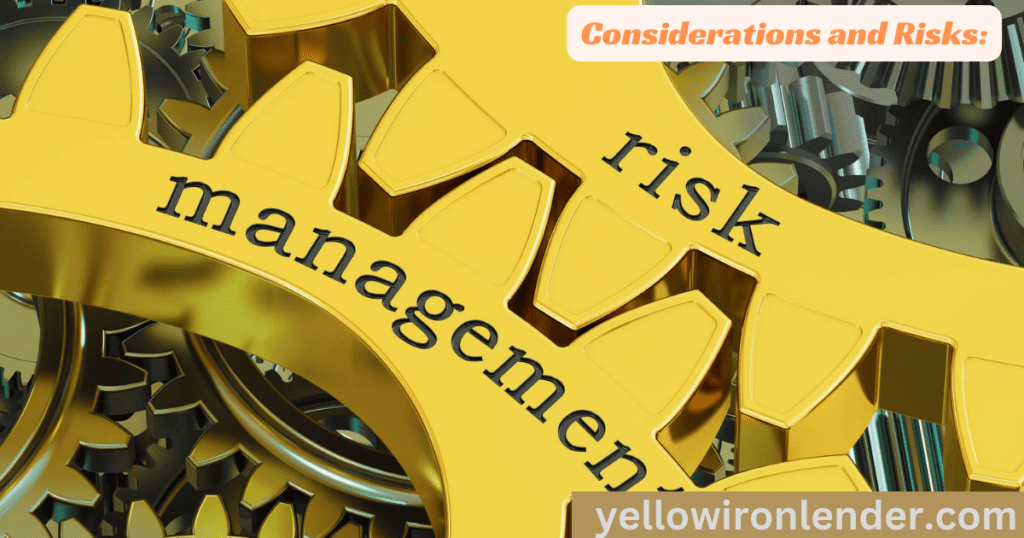
1. Lease Terms and Payments:
Businesses should carefully evaluate the terms of the lease, including payment structures, interest rates, and any potential impact on their cash flow.
2. Accounting Implications:
Sale-leaseback transactions may have accounting implications, and businesses need to adhere to relevant accounting standards and regulations.
3. End-of-Lease Options:
Understanding the options available at the end of the lease term, such as equipment purchase or lease renewal, is crucial for businesses entering into these transactions.
Conclusion:
In the intricate dance of business finance, the equipment sale-leaseback transaction emerges as a powerful tool for companies looking to optimize their financial position. By strategically leveraging their owned assets, businesses can not only inject immediate capital but also maintain the operational rhythm necessary for sustained growth. As companies navigate the complexities of today’s financial landscape, the equipment sale-leaseback transaction stands as a beacon of financial flexibility and innovation.
FAQs:
1. What is an equipment sale-leaseback transaction?
An equipment sale-leaseback transaction involves a two-step process where a business sells its owned equipment to a financial entity and then leases the same equipment back for regular use. This allows the company to convert the intrinsic value of its assets into immediate working capital while retaining operational control.
2. What types of equipment can be involved in a sale-leaseback transaction?
Sale-leaseback transactions can involve various types of equipment, such as machinery, vehicles, technology assets, and more. The key criterion is that the equipment holds substantial value and is essential for the business’s operations.
3. Why would a business opt for a sale-leaseback transaction?
Businesses opt for sale-leaseback transactions to gain immediate access to capital. This can be used for various purposes, including expansion, debt reduction, working capital needs, or strategic investments, while still retaining the ability to use the equipment.
4. What are the key benefits of an equipment sale-leaseback transaction?
The benefits include immediate capital injection, enhanced liquidity, and operational continuity. By converting owned equipment into liquid assets, businesses can address financial needs promptly and maintain control over essential operational assets.
5. How are lease terms determined in a sale-leaseback transaction?
Lease terms, including duration and payment structure, are typically negotiated between the business and the purchasing entity. Terms can vary based on the specific needs and agreement between the parties.
6. What happens at the end of the lease term?
At the end of the lease term, businesses may have options such as purchasing the equipment, renewing the lease, or exploring other arrangements. The specifics depend on the terms negotiated in the leaseback agreement.
7. Are there risks associated with sale-leaseback transactions?
While sale-leaseback transactions offer various benefits, businesses should consider lease terms, interest rates, and potential accounting implications. Thorough evaluation and understanding of the terms are essential to mitigate risks.
8. Can businesses still use the equipment during and after the leaseback period?
Yes, one of the advantages of a sale-leaseback transaction is that businesses retain operational control and continue using the equipment during the leaseback period. This ensures operational continuity.
9. Is there a specific industry focus for sale-leaseback transactions?
Sale-leaseback transactions can be applied across various industries. The suitability often depends on the type of equipment involved and the specific financial goals and operational needs of the business.
10. How does a sale-leaseback transaction impact a company’s financial statements?
The impact on financial statements can vary based on accounting standards. It may affect metrics such as debt-to-equity ratio, and businesses should consult with financial experts to understand the specific implications for their situation.
